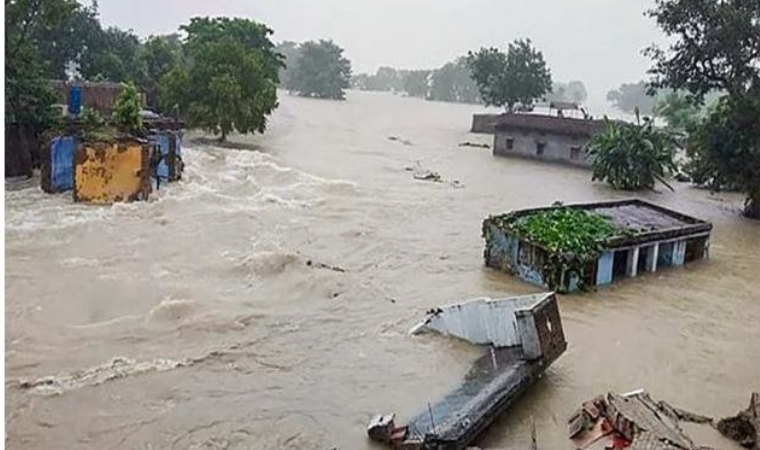In 2025, it was no longer raining but a sweep of heavy rains that hit North India and created chaos there. Families were left homeless, roads were washed away and farmlands were drowned. The floods made us all think of how our nature could turn so ferocious at any time.
It is common in India that floods occur but what was unique about the 2025 floods was their intensity and magnitude. In the Himalayan valleys of Uttarakhand, or on the plains of Punjab and Haryana, or on the river valleys of Bengal, millions had to bear the devastating brunt.
Moreover, this year became worse because floods struck multiple areas in succession, as unpredictable monsoon winds, cloudbursts, and overflowing rivers connected the disasters.
This is a list of the most significant floods in Uttarakhand, Punjab, Haryana, and Bengal, including how it impacted each state and what we should keep in mind.
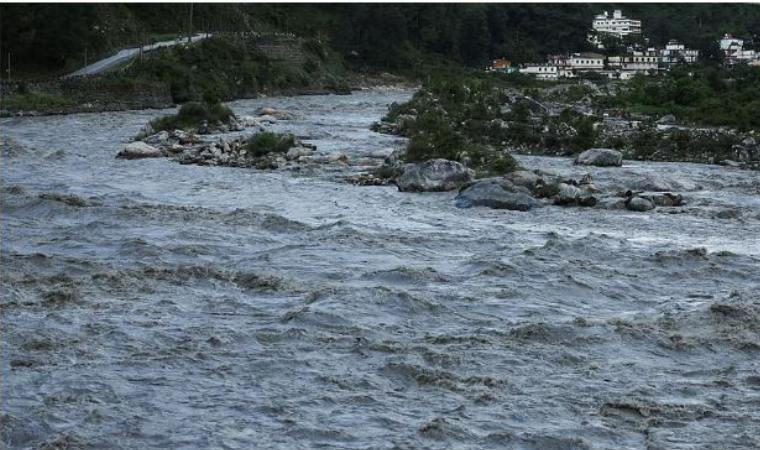
August 2025: Deadly Start in Uttarakhand
Flash Flood at Uttarkashi – August 5
The Uttarkashi in Uttarakhand was hit on 5 August 2025 as the first huge disaster. A flash flood resulted when a sudden cloudburst, coupled with glacial melting, caused a rush of floods across Dharali, and other surrounding villages.
- Lives Lost: 5 dead, 50 missing at least.
- Amid the destruction: Houses were brought down, bridges fell and road connections to Gangotri were cut.
- Community Impact: Families who are left without power, food, and medical assistance.
People said that the water came up so fast there was little time to do something. To pilgrims going to Gangotri, it was an ugly reminder of the reality of how sensitive Himalayan regions can be.
Kishtwar Cloudburst – August 14
The Kishtwar cloudburst occurred in the Uttarakhand-Punjab belt though it was in Jammu & Kashmir. Flood waters led to additional water flowing down the river, which resulted in the filling of tributaries supplying Punjab and Haryana.
This catastrophe demonstrated how tightly the Himalayan states are related; the rainfall falling in one valley could aggravate the flooding thousands of kilometers distant.
Late August 2025: The Worst Flood in Decades to Hit Punjab
August 20 – Punjab Floods Peak
As Uttarakhand was recuperating, Punjab was the worst hit. On 20 August 2025, the river Sutlej and Beas water overflowed their banks and flooded villages and towns.
- Hits: 13 out of 23 districts.
- Villages Flooded: More than 1,400 submerged villages.
- Loss to Agriculture: Over 2.5 lakh agricultural land was submerged.
- Affected People: More than 3.5 million residents, of which 20,000 are rescued in boats.
- Kills: Fatalities were officially 55 lives.
Whole neighbourhoods turned into islands in Ludhiana, Jalandhar and Ropar. Relief camps quickly filled as people scrambled to reach safety. Farmers faced not just the flood but the loss of an entire year’s harvest.
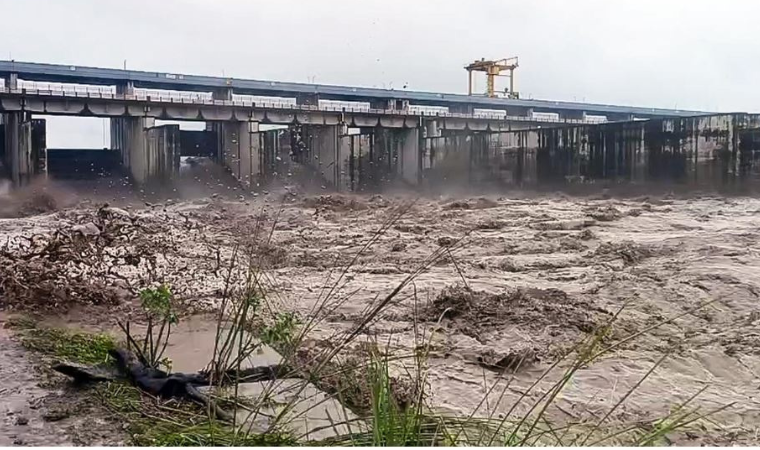
September 2025: Haryana is Overflowed
Haryana suffered great floods when the rivers in Punjab became full.
Yamuna in Rampage – Early September
By the beginning of September, the Yamuna river was in flood in Yamunanagar, Karnal, Panipat and Sonipat districts.
- Destruction: Settlements close to the embankments were flooded.
- Displacement: Thousands relocated to school and community hall shelters.
- Agriculture: Paddy and sugarcane plantations were devastated.
The 2025 floods were compared to the floods experienced in 2010 and 2013. Authorities attested that the 2025 Yamuna floods were the worst in decades. Existing drainage systems were found wanting with roads and rail links towards Delhi and Punjab being waterlogged.
September 2025: Punjab-Haryana-Delhi Under Siege
The dam releases, coupled with heavy rain in the Himalayas, put Punjab and Haryana under severe strain.
- Delhi NCR Flood Warning: The Hathnikund barrage discharged surplus water towards the city of Delhi as Yamuna burst its banks causing havoc.
- Transport Disruptions: Road traffic and flights canceled.
- Public Safety: Markets and schools were closed, and emergency notices were given.
- The floods indicated the interconnection of the regions. An upstream release in Uttarakhand would cause downstream disasters in Punjab, Haryana and Delhi.
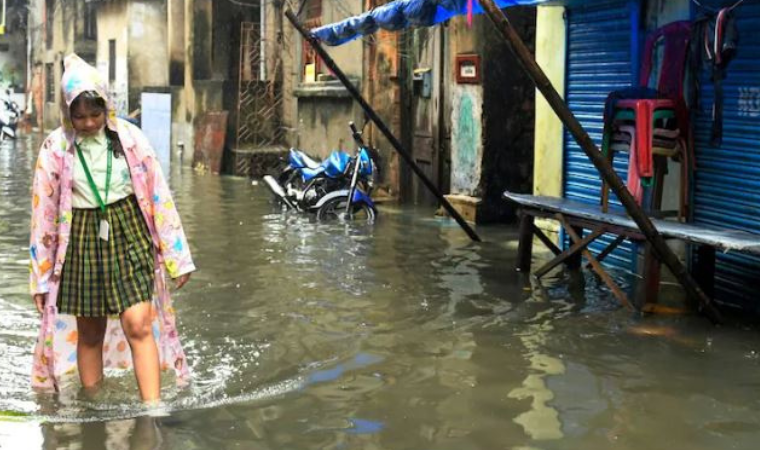
September 2025: Bengal Faces a Cloudburst Nightmare
West Bengal meanwhile was in a dire crisis.
September 23, Kolkata Cloudburst
On 23 September, there was a violent cloudburst at Kolkata. In hours, the streets became rivers, metro tunnels spurted, and markets were flooded.
- Precipitation: Over 200 mm within a couple of hours.
- Deaths: There were at least 12 confirmed deaths and dozens injured.
- Infrastructure: Air travel, rail and power supply was interrupted.
The devastation of the floods occurred just prior to Durga Puja, which eradicated pandals, markets, and workshops of artisans. A big number of daily wage earners have been stripped of their seasonal earnings.
October 2025: The Silent Tragedy of North Bengal
The floodwaters then proceeded northwards to Darjeeling, Jalpaiguri and Siliguri.
- Landslides: Soaked slopes gave way, severing tourist towns such as Mirik.
- Wildlife Effects: Rhinos and elephants were trapped or carried away in areas such as Jaldapara and Gorumara.
- Human Toll: 28 people died in the Darjeeling hills with dozens more being missing.
The happenings demonstrated that floods impact human beings, as well as wildlife and there is no city/forest, which is not affected.
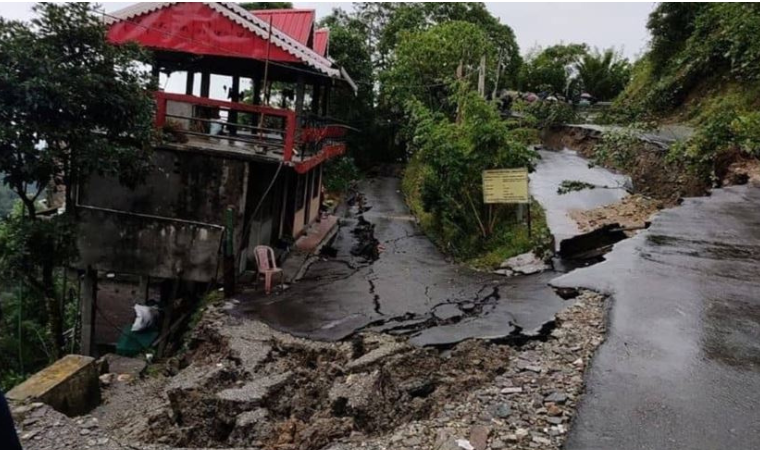
Comparing the Four States
| State | Key Disaster | Human Toll | Agriculture Loss | Special Impact |
| Uttarakhand | Cloudbursts & flash floods | Dozens dead/missing | Roads, villages | Pilgrims stranded |
| Punjab | Worst floods in decades | 55+ dead, 3.5m affected | 2.5 lakh acres submerged | Breadbasket ruined |
| Haryana | Yamuna & Sutlej floods | Thousands displaced | Paddy, sugarcane | Connectivity to Delhi cut |
| Bengal | Cloudburst & hill floods | 40+ deaths | Markets & workshops hit | Durga Puja economy, wildlife |
Why Were 2025 Floods So Severe?
- Monsoon Shift: It rained in torrents rather than in drizzles.
- Dam Mismanagement: The emergency discharges of water aggravated the downstream floods.
- Urban Planning Chronic: Cities such as Kolkata and Delhi were inadequately drained.
- Climate Stress: Himalayan glaciers and catchments responded with violence to warming.
- Agricultural Fragility: In Punjab and Haryana, monoculture caused crops to be more susceptible.
Lessons for the Future
- Coherent State Response: Coordinate dams in Uttarakhand, Himachal, Punjab and Haryana.
- Embankment Strengthening: Repair Yamuna embankment and Sutlej embankment as an emergency.
- Urban Flood Management: Develop modern sewage and green spaces and flood resistant spaces in Bengal and Delhi.
- Community Preparedness: Educate the village on flood exercises, early warning, and emergency shelters.
- Eco-Conscious Building: Conserve forests in Uttarakhand and North Bengal to minimize risks of landslides.
Final Word
The 2025 floods were not just about rivers and rain; they were about people. In Punjab, floods submerged farmers’ fields, while in Haryana, residents rushed to relief camps for safety. Rising waters in Uttarakhand stranded travelers on mountain roads, and in Bengal, Devotees watched as Durga idols were destroyed by the floods.
Although each state suffered differently, the story remained the same: when nature unleashes its wrath on poorly planned regions, the damage multiplies. Moreover, floods are no longer rare events; they have become cyclical realities, and unless we take action, future floods could prove just as disastrous.

